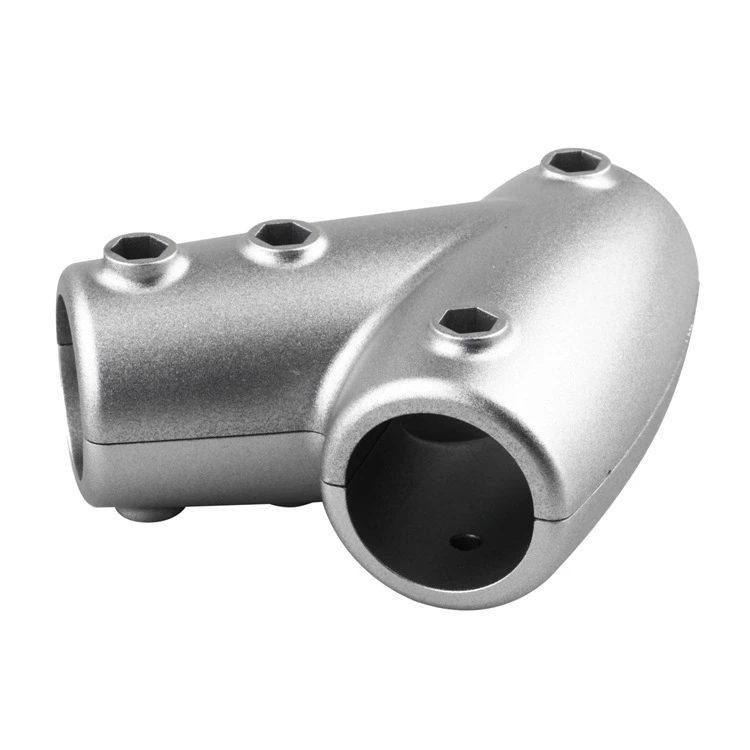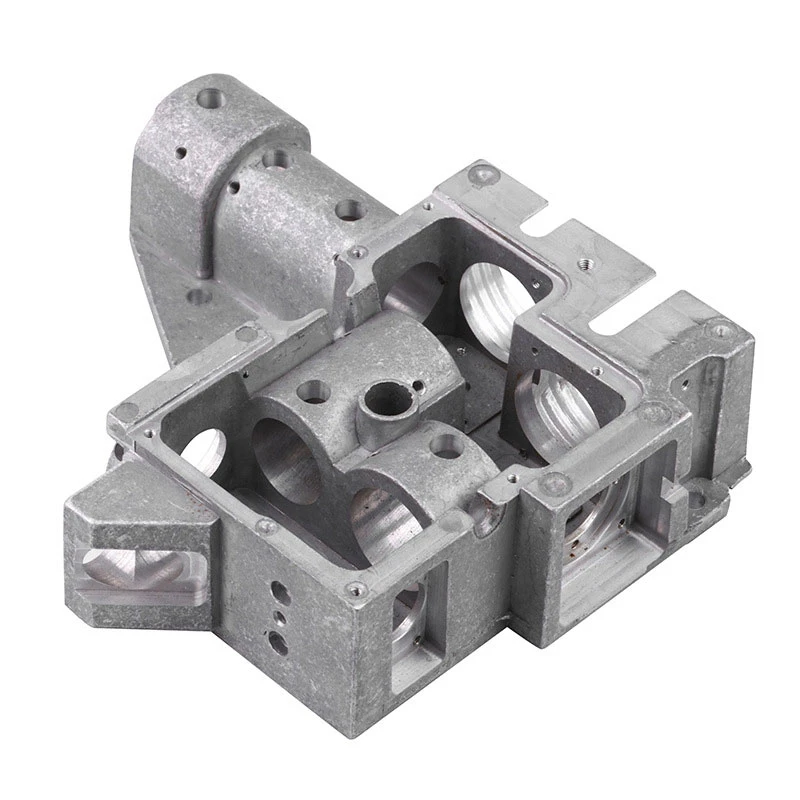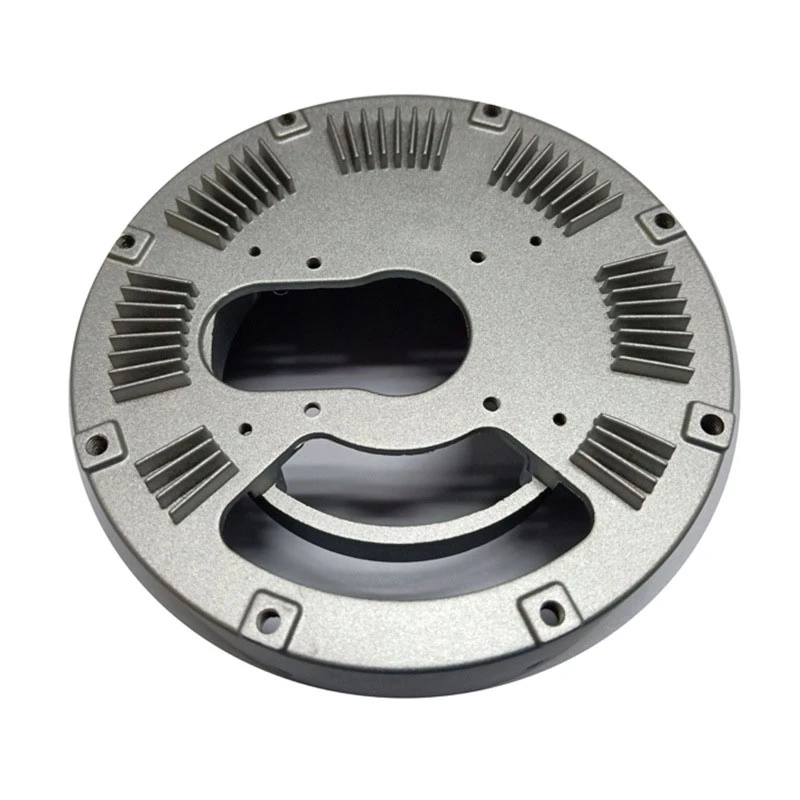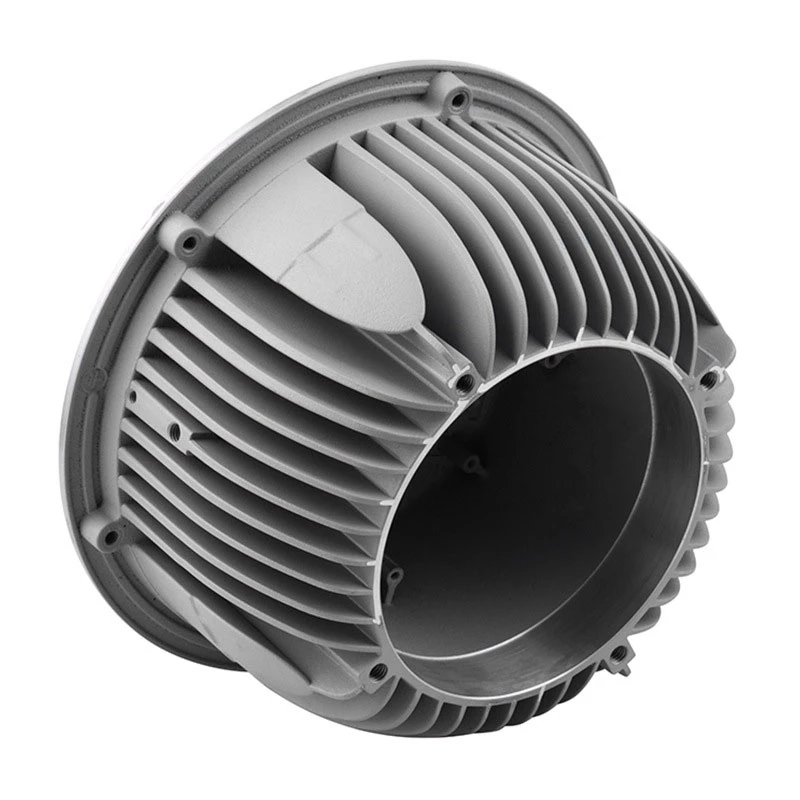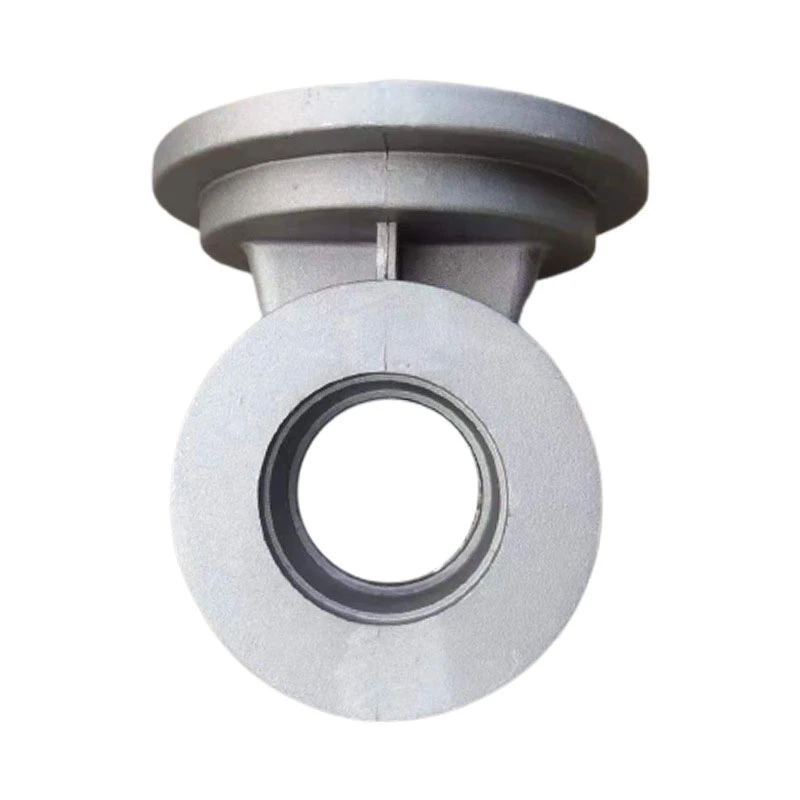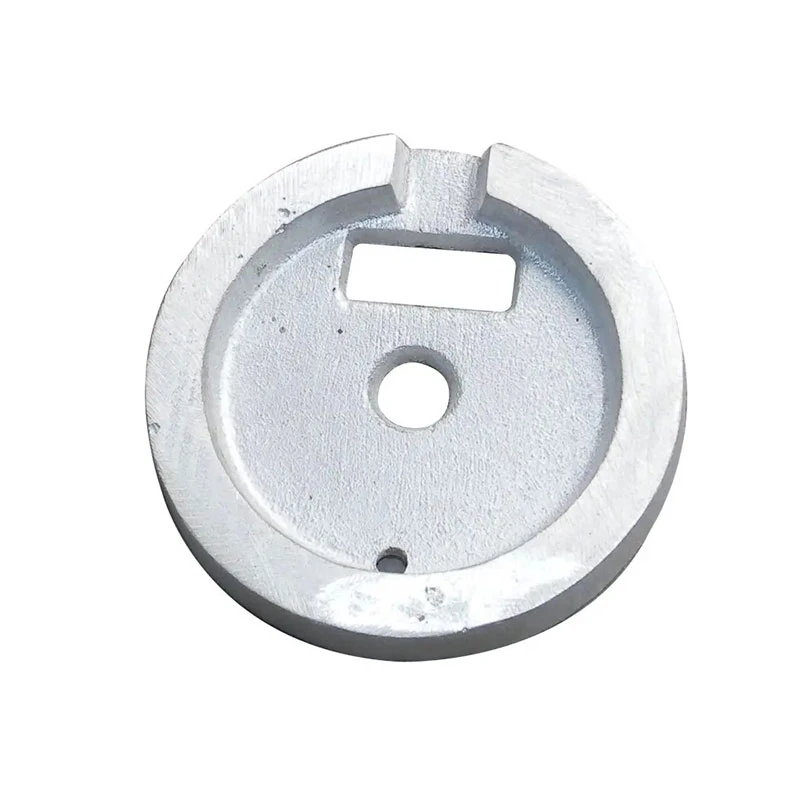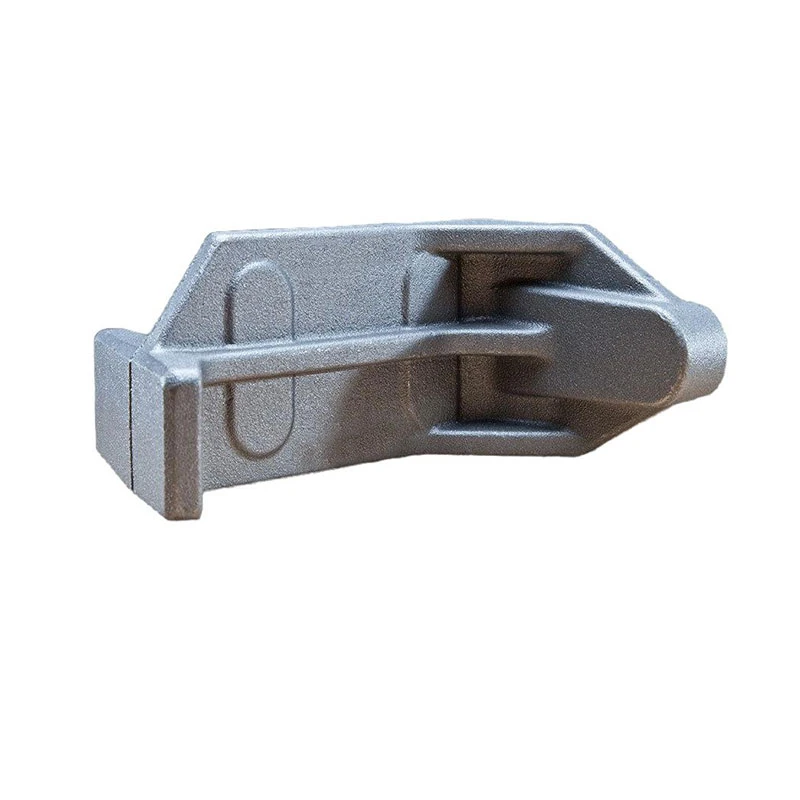Precision Cast Iron Surface Plate: The Backbone of Industrial Accuracy and Quality
The Unsung Backbone: Why Precision Cast Iron Surface Plates Matter Globally
When we think about high-precision manufacturing, what usually comes to mind are robots, CNC machines, or just-in-time logistics. Yet, there’s an often overlooked hero quietly underwriting accuracy standards across practically every manufacturing floor and quality lab: the precision cast iron surface plate. These flat, stable, and incredibly rigid plates have been indispensable for decades, ensuring that measurements and inspections are repeatable and reliable worldwide.
Understanding these plates isn’t just for engineers or metrology geeks. Their role touches everything from automotive safety to aerospace reliability, medical device quality, and even humanitarian tech innovations. If global industries are to maintain quality and safety, knowing about these plates—and how they support all measurement—matters deeply.
Precision Cast Iron Surface Plates in Global Industry: A Foundation of Trust
The World Bank reports that manufacturing output worldwide surpassed $13 trillion in recent years, with industrial quality investments climbing steadily. ISO standards, like ISO 8502-3 and ISO 6507, lean heavily on reliable surface measurements. And therein lies the challenge—how do factories, anywhere from Germany to Bangladesh, keep measurement consistent when tolerances are tighter than ever?
Here, precision cast iron surface plates become a critical linchpin. They are the standardized, calibrated “ground truth” for every mechanical and dimensional inspection. From automotive plants in Detroit to aerospace assembly in Toulouse, these plates provide the flatness and stability needed for exacting measurement, eliminating guesswork and ensuring products meet safety, fit, and performance specs.
What Exactly Is a Precision Cast Iron Surface Plate?
Put simply, a precision cast iron surface plate is a large, flat slab, typically made by casting high-quality, wear-resistant cast iron. Its job? To provide a perfectly flat reference surface for inspection, assembly, machining, and layout work. You can think of it like the “zero point” on a map for manufacturing—a reference that all other measurements stem from.
They connect directly to modern industry needs: as industries demand tighter tolerances and increased traceability, these plates provide the standard against which tools and parts are checked. Interestingly, humanitarian sectors have also benefited, employing the same precision in designing medical devices and durable infrastructure under challenging conditions.
Key Features That Define Precision Cast Iron Surface Plates
Durability: Built to Last
These plates are heavy, often made in thicknesses of several inches for rigidity. Cast iron offers excellent wear resistance and vibration dampening, which means the measurement surface doesn’t warp or degrade with time. Some engineers joke that a good surface plate lasts “decades if you don’t drop a hammer on it.”
Flatness & Accuracy
They’re ground and lapped to incredibly tight flatness standards—usually within a few microns. This precision is critical because even the slightest unevenness can throw off measurements. It’s why quality control labs often envy these plates—their flatness acts like a non-negotiable “truth” in a sea of tolerances.
Size Variety & Scalability
From a modest 12"x18" tabletop plate to massive plates over 6 feet long for heavy tooling and aviation, sizes adapt to the scale of the task. What’s neat is that plates can link or stack, giving flexibility alongside precision—sort of like building blocks for accuracy.
Maintenance & Calibration
Regular care, like cleaning and checking for wear spots, plus periodic recalibration using laser leveling or mechanical standards, keep them reliable. Some plants institute scheduled plate reconditioning to maintain specs under high use.
Cost Efficiency
While the upfront cost might seem high, the reliability they deliver saves money—less rework, fewer error claims, and consistent product quality which ultimately protects brand value.
Specifications of a Typical Precision Cast Iron Surface Plate
| Specification | Details |
|---|---|
| Material | High-Grade Cast Iron (Grade HT250/300) |
| Flatness Tolerance | Within 2-3 microns per meter |
| Finish | Ground & lapped with fine honing |
| Typical Dimensions | 12"x18" up to 72"x120" |
| Weight Range | 10 kg to 1500+ kg, depending on size |
| Calibration Interval | 6-12 months, depending on usage |
Who Uses Precision Cast Iron Surface Plates? Global Applications & Use Cases
In a way, these plates are everywhere. Aerospace manufacturers, automotive giants, medical device makers, and even research labs rely on them daily. Industrial hubs in the US, Germany, China, and Japan import and produce these plates to support their advanced factories and inspection centers.
Beyond traditional industries, they’ve supported humanitarian tech projects as well. For instance, in post-disaster robotics repair workshops, where precise parts must be inspected and verified before redeployment, these plates provide the stable basis for accuracy when resources are scarce.
Remote industrial zones in Africa or South America, often supplied through programs utilizing precision cast iron surface plate imports, find these plates invaluable for building infrastructure and maintaining equipment with limited tech.
Advantages & Long-Term Value: The Plate That Keeps on Giving
- Cost Savings: Fewer errors and less rework mean lower production costs.
- Sustainability: Durability reduces replacement frequency, cutting waste.
- Trust & Safety: Products meet stringent tolerances enhancing user safety.
- Innovation Enablement: Reliable measurement allows designers to push boundaries with confidence.
- Social Impact: Quality manufacturing fosters economic growth and job creation.
When you think about it, this quiet slab of cast iron embodies a mix of reliability, pride, and human aspiration for precision. It’s also a trust-builder—customers and regulations alike depend on these surfaces for proof that products are “just right.”
Emerging Trends & Innovations To Watch
We are seeing exciting advances in materials science, such as composite surface plates integrating ceramic particles to reduce weight while maintaining flatness. Digital transformation also is making inroads: some plates now come embedded with sensors to detect wear or warping in real time.
Automation in calibration and robotic handling mean less manual labor, reducing human error. Plus, green manufacturing policies encourage manufacturers to adopt eco-friendly casting processes, making future surface plates not just precise, but kinder to the planet.
Current Challenges and How Industry Experts Are Problem-Solving
Despite their strengths, a few hurdles remain:
- Weight and Mobility: Heavy plates are tough to move; solutions include modular plate systems or lighter composite materials.
- Surface Wear: Even cast iron wears over time; regular monitoring with laser checks helps plan maintenance.
- Cost of Calibration: Calibration downtime impacts productivity; some factories adopt in-situ sensors and automation to cut this.
Many engineers swear by routine care combined with strategic replacement planning as a way to balance longevity against cost and precision.
FAQ: Your Top Questions About Precision Cast Iron Surface Plates
- Q: How often should a precision cast iron surface plate be calibrated?
- A: Typically, these plates are calibrated every 6 to 12 months depending on usage intensity. High-traffic industrial settings might require more frequent calibration to maintain strict flatness standards.
- Q: Can surface plates be customized for specific industrial needs?
- A: Absolutely. Sizes, thicknesses, and finish grades can be tailored. Some vendors provide specialized coatings to resist corrosion or abrasion for harsh environments.
- Q: Are there lighter alternatives to traditional cast iron plates?
- A: Yes. Composite and granite surface plates offer reduced weight and excellent flatness but vary in durability and cost. Cast iron remains popular for its balance of properties.
- Q: How do environmental conditions affect the accuracy of surface plates?
- A: Temperature fluctuations can cause expansion or contraction, affecting flatness. Ideally, plates are kept in temperature-controlled environments to maintain precise calibration.
- Q: What industries require the strictest tolerance surface plates?
- A: Aerospace, medical device manufacturing, and semiconductor production often demand the tightest tolerances, as even minor discrepancies can cause critical failures.
Vendor Comparison: Leading Suppliers of Precision Cast Iron Surface Plates
| Vendor | Material Quality | Size Range | Calibration Support | Price Range (USD) |
|---|---|---|---|---|
| Manufacturer A | HT300 Cast Iron, excellent wear resistance | 12"x18" to 72"x120" | On-site calibration available | $1,200 - $15,000 |
| Vendor B | Composite-Enhanced Cast Iron | 24"x36" to 60"x96" | Remote calibration software support | $2,000 - $10,000 |
| Supplier C | Traditional HT250, budget-friendly | 12"x18" to 48"x72" | Annual external calibration recommended | $800 - $8,000 |
Wrapping Up: Why Precision Cast Iron Surface Plates Are a Smart Investment
In the end, precision cast iron surface plates do what no flashy new technology can: provide a steady, unchanging reference point that underpins manufacturing quality, safety, and innovation worldwide. It feels odd to champion a heavy slab of metal, but in the grand scheme, this plate is the silent partner of progress.
For tailors of precision measurement or factories gearing up to refine their quality control, exploring options like the ones found at precision cast iron surface plate suppliers can make the difference between good enough and outstanding. After all, excellence starts with a solid foundation.
So, why wait? Visit our website today and see how you can bring that rock-solid foundation into your industrial workflow.
References:
-
Precision Casting Facility: Advanced Manufacturing for Global Industries | Hairun SourcingNewsNov.23,2025
-
Leading Precision Casting Corporation: Quality Metal Components for Global IndustryNewsNov.23,2025
-
Precision Cast Rods: Definition, Applications & Future Trends in ManufacturingNewsNov.22,2025
-
Precision Aluminum Investment Casting: High-Accuracy Manufacturing for Modern IndustriesNewsNov.20,2025
-
Precise Castings Inc – Advanced Metal Casting Solutions for Global IndustriesNewsNov.19,2025








